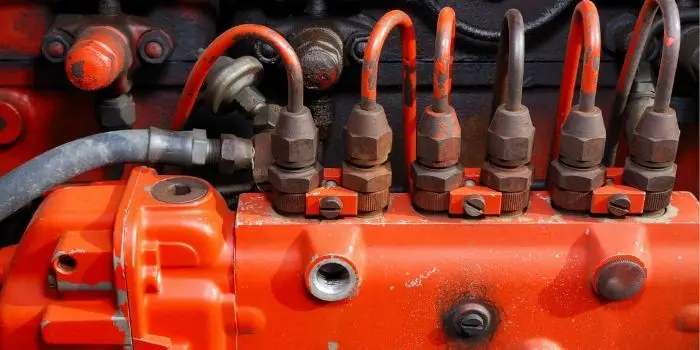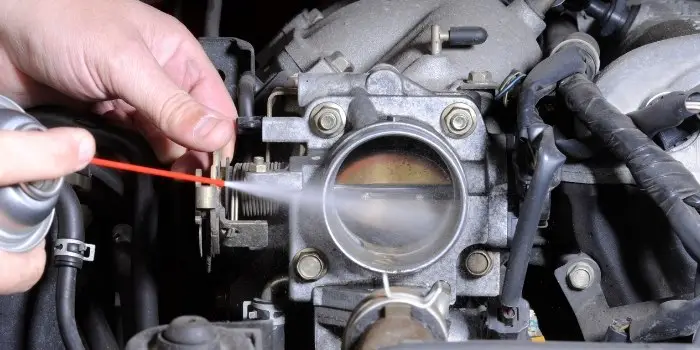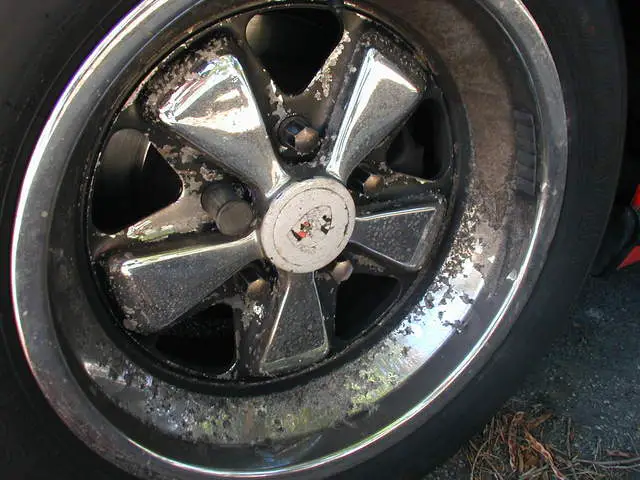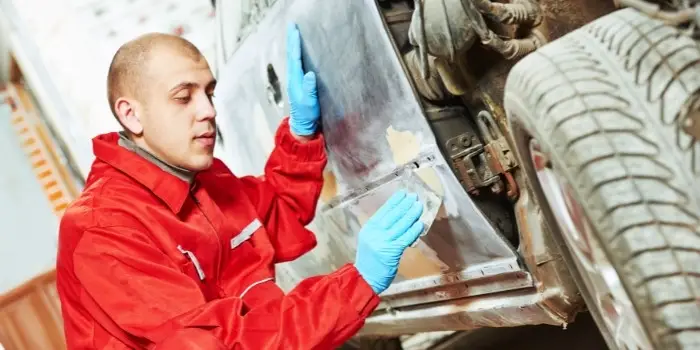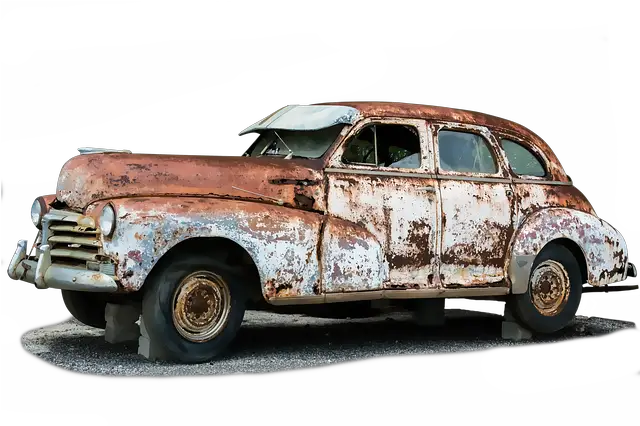Carbon often builds up in both the engine and the fuel injectors as vehicles age, causing you to use a lot more fuel and receive a lower gas economy.
They might get blocked, causing you to use more petrol than necessary.
Fuel injectors cleaning is a crucial operation to keep your engine operating smoothly and at peak performance.
Every 30 thousand miles, you should clean them. And cleaning them necessitates the assistance of a trained technician since you must remove the injectors, and clean them.
Fortunately, towards the conclusion of this post, you will discover how to clean without removing them, so you won’t have to go through those inconveniences.
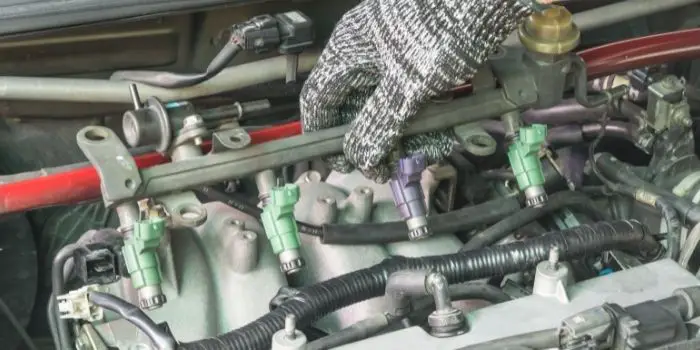
Why is it Crucial to Clean Fuel Injectors?
They are among the most important components that contribute to the smooth operation of your engine.
When your fuel injector becomes blocked, you may experience a lack of acceleration and a noticeable decline in your vehicle’s performance.
It’s a great idea to clean them especially if your automobile isn’t performing as well as it used to.
Furthermore, cleaning them adds the number to your vehicle’s mileage and contributes to the overall performance of your vehicle.
Things You Need to Buy to Fuel Injectors Cleaning:
- Buy the recommended injector cleaning kit for your car.
- Cleaning solution with PEA (Polyetheramine). PEA yields superior results as thick carbon deposits can be effortlessly and efficiently dissolved faster than other chemicals.
- Cleaning fluids containing polyisobutylene amine (PIBA) as it will remove deposits as well as prevent new ones from forming.
Cleaning the Fuel Injectors Without Removal
Step-by-step instructions on how to clean the fuel injector without removing it are as follows:
Step 1: Buy a fuel injector cleaning kit
Get one that is appropriate for your vehicle’s model.
A cleaning gear that includes a hose to connect with the fuel rail and injector as well as a canister cleaning solvent that can dissolve carbon buildups more efficiently than other cleaning solvents.
Step 2: Find the fuel rail
It is an essential element of the fuel system. It supplies gas to the fuel injectors.
The position of the gasoline rails differs from vehicle to vehicle.
As a result, you should consult your owner’s manual to find your fuel rail.
Step 3: Unplug the fuel rail
Unhook the gas rail. Some of them will require you to press down on the clips to remove them.
Some need to release the clamps and pull them off with a screwdriver, while others require the removal of the bolts that hold the fuel rail and from the gas tank.
Step 4: Detach the pressure line from your fuel regulator (if your car have one)
Disconnect the pressure regulator from the vacuum line. To remove it, gently pull it out.
Have a look at your owner’s manual to find if your vehicle has a pressure regulator.
If you have it you can find it near the injectors.
Step 5: Suspend the cleaning equipment from the hood
The cleaning package must be placed above the engine and it must be attached to the hood.
Yes, the cleaning kit includes a hook that gets connected to the hood.
Step 6: Join the outlet tube of the kit to the gasoline rail
After you’ve properly hung the cleaning kit, join the kit outlet tube to the detached gasoline rail.
The cleaning kit includes several connections, which makes it pretty easy to use on a wide range of vehicles regardless of model, make, and year.
Step 7: To avoid pressure buildup, remove the lid of the fuel tank
The cleaning kit will remove filth and debris from the fuel injectors by injecting a pressured cleaning solution.
Before beginning the cleaning, remove the fuel tank lid as it will prevent excessive pressure buildups, which might lead to combustion.
Step 8: Disjoin the fuel pump relay
To stop the fuel pump from supplying gas to the engine, detach the fuel pump relay from the fuse box.
The fuse box has several relays that are all the same size and form.
Again it is great to find the fuel pump relay by referring owner’s manual.
Step 9: Connect the air compressor to the cleaning kit
You’ll need compressed air in order to clean the fuel rail with the cleaning solvent.
Do that by adjusting the PSI up to 55.
Step 10: Start your vehicle
Start your car and let it idle for a few minutes, or until no more cleaning solvent remains in the cleaning kit.
When you discover that the cleaning solvent has run out of the kit, stop the engine and get the cleaning kit removed.
Step 11: Reinstall fuel pump relay and fuel rail
Remove the cleaning kit fittings and replace the vacuum hose from the fuel regulator and the lead hose from the fuel pump and then cover the fuel tank.
Step 12: Ignite the engine to confirm the fuel injector is operational
After the fuel injectors are cleaned, the engine should run smoothly and have a normal sound. To double-check your work, start the engine.
Keep an eye out for any unusual noises, vacuum leaks, and leaking injectors that indicate a problem.
Test the automobile in your area to ensure that it operates well. If you hear strange noise, you should investigate it or get expert assistance.
FAQs:
What exactly are fuel injectors?
These injectors supply gasoline to your car’s engine via thin nozzles into the combustion chambers of automobile engines.
Can you DIY clean your fuel injectors?
Cleaning them is a job for a mechanic.
There are, however, straightforward and easy-to-follow recommendations that everyone may follow which are given in this guide.
Ideally, its not very tough and anybody can clean them by following the given steps and utilizing cleaning supplies.
Can you soak fuel injectors to clean them?
Generally, yes. You can soak your old dirty fuel injectors in Seafoam to clean them out.
I myself tried it a few times and can say that it’s pretty safe.
Sea Foam will clean and restore its power by dissolving the petroleum deposits and residues on the fuel injectors.
With that said, there are a few mechanics who do not recommend doing this because they believe it will negatively affect the o-rings and rubber seals of the injectors.
Can I add an injector cleaner to a full gas tank?
Pouring injector cleaning into a full gas tank is not advised.
It should be added to a nearly vacant tank, according to most cleaner makers.
While putting gasoline injector cleaning into a full gas tank may not harm your injectors, but that’s not the best practice, as streaming the cleaner into an almost vacant tank yields the best results.
How can you tell if the fuel injector cleaner has been clogged?
In most cases, they are caused by inefficient fuel filters that let filth into the fuel injectors which enable either too little or too much gasoline to enter the engine.
Conclusion
It is always preferable to avoid unpleasant things from happening rather than to find a remedy to them.
Cleaning your car’s fuel injectors will save you a lot of trouble.
However, if you notice the malfunctioning of the fuel injectors, begin cleaning as soon as feasible.
So, these were all about cleaning fuel injectors without removing them, we hope it was helpful to you.

Based in Orem (Utah) John Paterson graduated from Utah Valley University and has begun writing in 2009. He has a large wealth of experience in writing articles related to cars, automotive repair, wheels, cleaning/maintenance, and much more. He has also written instructional articles in a similar niche for a few online publications as well. Currently, he works as a mechanic in his personal garage shop where he loves serving his countrymen from his heart.

